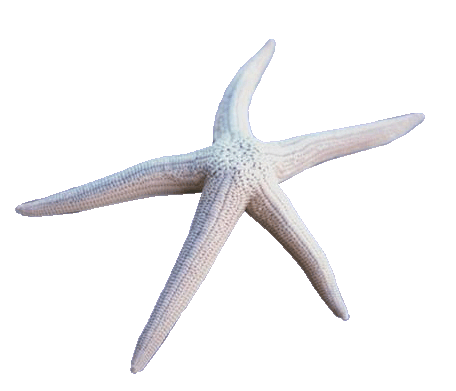El Salvador isn't the first country that comes to mind when eco-tourism is mentioned. Much of the country has been deforested, and air pollution often engulfs the capital, San Salvador, in a hazy film. But two hours west of San Salvador on the Guatemalan border, El Imposible National Park, a 12,000-acre tropical forest in the Apaneca Mountains, is the last refuge for many wildlife species that used to flourish all over the country before agriculture, industry and urban sprawl encroached.
The Government acquired most of the reserve from private owners in the late 1970's and declared it a park in 1989, but it was not until after 1992, when a 12-year civil war ended, that the park became more inviting for visitors. Managed by the Ecological Foundation of El Salvador (a private group known as Salva Natura), El Imposible offers strenuous hiking and total seclusion. Trails lead to thick vegetation, down to rivers and up to 360-degree views of one of the few remaining Pacific coastal rain forests.
The three main trails cover highly rugged topography, but not as impossible to pass as when the park was named. Salva Natura warns that even the shortest hikes can be challenging and recommends the park ''to active people who enjoy natural adventures and hiking in mountainous terrain.''
One of the most accessible hikes is the 40 minutes uphill from the park entrance to El Mulo Lookout. It wends past coffee plants, mahogany trees and iridescent butterflies and under a bamboo canopy to a breathtaking view of the valley. Another hour or so of hiking takes you to the peak of Cerro Leon (about 2,700 feet) for a 360-degree vista of the park and the Pacific Ocean.
A different 2.2-mile trail from the entrance also goes to El Mulo, but then down a steep ravine to Piedra Sellada, a boulder covered with rock carvings of unknown origins but thought to have been used in religious activities during pre-Hispanic times. The trail continues to Los Enganches, a canyon where two rivers meet -- a good spot to have a picnic lunch before heading back.
The park, with elevations 800 to 4,600 feet, has at least 8 rivers, 400 types of trees and 279 bird species -- 115 of them endangered -- mammals and reptiles. Some wildlife, like the great curassow, a large bird, and the blue-crowned motmot, the bright-colored national bird of El Salvador, are commonly sighted; others, like the puma, ocelot and collared anteater, are rarely seen and so are not considered dangerous to hikers.
While the tourism infrastructure is still fairly primitive, the park has camping areas with toilets and fire pits for cooking. There is a small village outside the entrance, San Miguelito, where local residents sell handicrafts and natural medicines. A new restaurant, La Montana, serves Salvadoran fare -- beans, rice and thick corn tortillas -- and small stores sell snacks and film.
Park rangers serve as guides, and there are explanatory signs on wildlife and vegetation on some of the trails. There are plans to open a visitor's center in the park this year, with exhibits and a museum, as well as a lodge with wood and bamboo cabins in San Miguelito. A second entrance to the park is scheduled to open next year.
Visitors who drive need a pickup or four-wheel-drive vehicle to navigate the unpaved roads leading to the park. The park is accessible even in the rainy season, from May to October.
Admission to El Imposible is $6, and the trained guides cost an extra $3.50 per group (tips are recommended). Visitors must obtain a permit from Salva Natura, by calling (503) 263-1111 or faxing (503) 263-3516. The Internet site, which is in Spanish, is www .salvanatura.org.
The United States National Park Service's Web site plans to include information about this and other national parks in Central America at www.nps.gov/crweb1 /centralamerica/central-america.html.
MIREYA NAVARRO covers Central America for The Times.




Gateway El Salvador

El Salvador: A Park Brimming With Possibility
back to home
QUICK TREKS TO WILD ADVENTURES; El Salvador: A park brimming with possibility
By MIREYA NAVARRO
Published: April 11, 1999